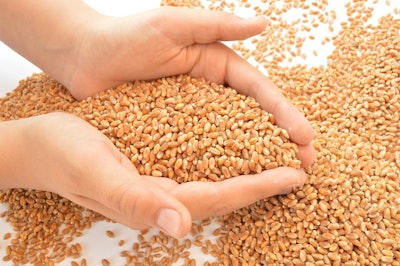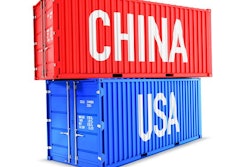
Wheat in Play Today
New export business is starting to appear. Overnight Taiwan bought 55,000 MT of U.S. wheat. Also, Egypt’s GASC had an open tender to source wheat.
The last time Egypt tendered for wheat on Jan 11, Russia swept all of the deals garnering about 400,000 MT of business. The U.S. missed being competitive by just about a $1 a MT as U.S. FOB values were a bit too high to offset the higher freight (US to Egypt is about $25/MT vs Russia to Egypt at $15/MT).
This morning FOB offers at the U.S. came in at $243 versus Russia at $255, but France and Romania were able to get in at more competitive values likely shutting out the U.S. from the deal.
What Does This Mean for U.S. Farmers? US CIF values into Egypt have been gaining ground relative to Russia in recent weeks. But there is always another player willing and able to step in, in this case France and Romania. The current pace of U.S. exports is at quite a deficit compared to USDA’s annual forecast of 1,000 MB so the U.S. market is going to need to remain in check to jockey for new business.
Export Sales Announcement
Optional origin sales of 138,000 metric tons of corn for delivery to South Korea during the 2018/2019 marketing year. An optional origin contract provides that the origin of the commodity may be the U.S. or one or more other exporting countries.
EU Clears Way for more U.S. Soybeans
- On Tuesday, the European Commission announced it would allow U.S. soybeans to be used in biofuels in the European Union.
- The Commission said in a statement the recognition of U.S. soybeans for use in biofuels was valid until July 1, 2021, but could extend beyond that date as long as they met sustainability criteria set in new EU rules in the 2021-2030 period.
- The Commission further exalted that "Today's decision is new proof that the European Union is delivering on our commitments," a statement meant to improve EU-US broader trade relations.
What Does This Mean for U.S. Farmers?
Anything that diversifies U.S. soybean trade is a welcome change. The U.S. now captures about 75% of the EU soybean biz, but with EU imports at only 15 MMT a year, even capturing all of that market won’t stop the hemorrhaging from losing the 35 MMT China market share we have given up. U.S. soybean export pace is a dismal 400 MB behind pace to reach USDA’s annual forecast of 1,900 MB on the year. The U.S. balance sheet grows more dire as the marketing year progresses.
Brazil Soy Crop Continues to get Downgraded
- Analysts at Agroconsult, an independent consultant from Brazil, was conducting a crop tour of key growing areas this week.
- Reports from that tour suggest highly variable yields, but the general view appears to be a downgrade in production. "The northern and western parts of Paraná and the southern part of Mato Grosso do Sul were heavily impacted by the dry spell and high temperatures," André Debastiani, a partner at Agroconsult, told Reuters. He went on to say that some places in those impacted areas were reporting yields at 50% of last year.
What Does This Mean for U.S. Farmers? Several key forecasters have pegged the Brazil crop around 117 MMT, that is off from early season forecasts that were around 122 MMT and a slight dip from last year’s record large crop of 119. Yes, Brazil’s crop likely gets smaller by 2 to 5 MMT but it won’t be enough to offset the resurgence from Argentina which will likely add another 20 MMT over last year’s drought-decimated crop. There will be no shortage of beans from South America this spring.
The risk of trading futures, hedging, and speculating can be substantial. FBN BR LLC (NFA ID: 0508695)










